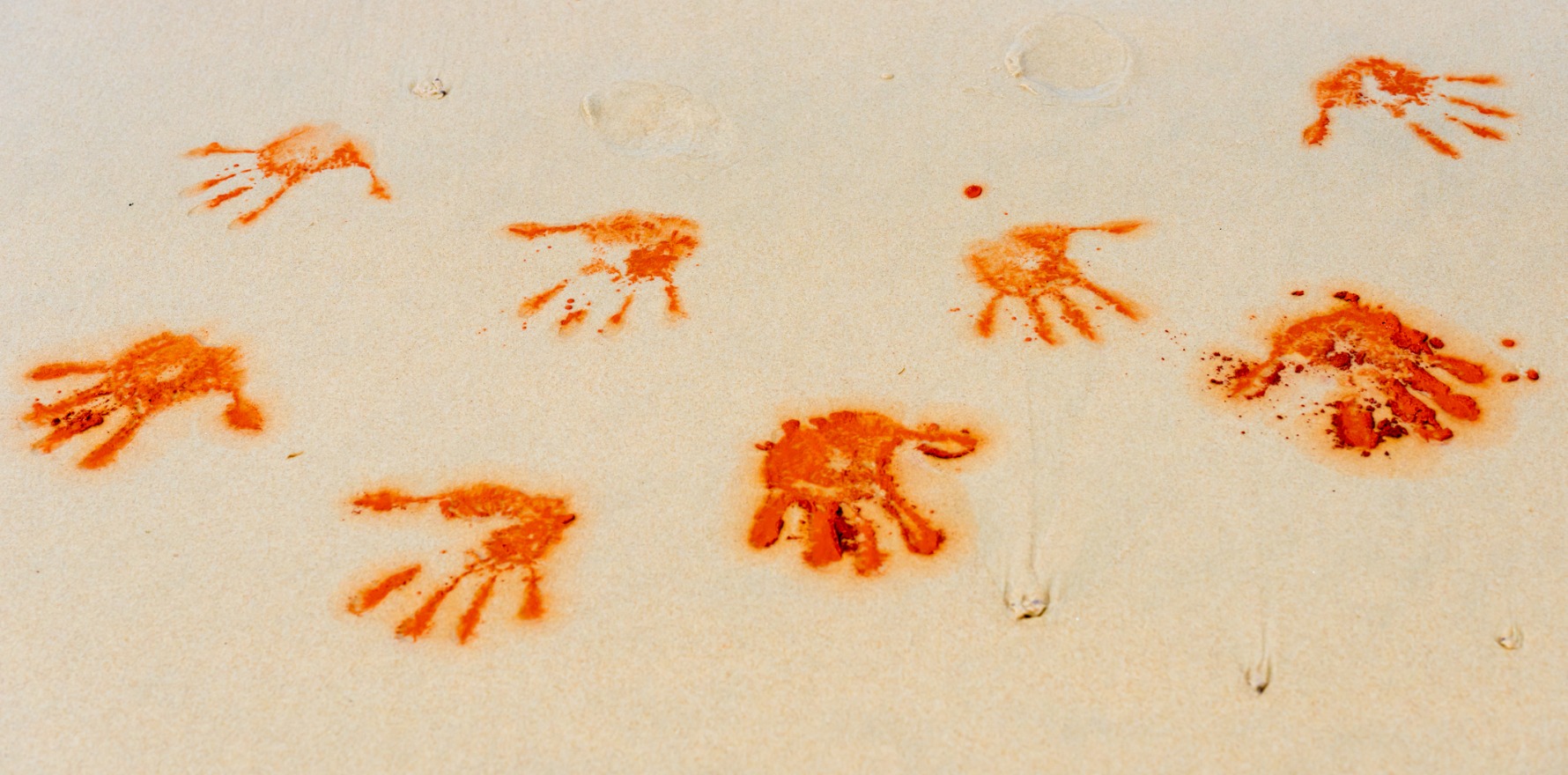But better education on their skin condition could help prevent atopic dermatitis and bacterial skin infections.
Bacterial skin infections and atopic dermatitis may be underdiagnosed among urban Indigenous children, says a Western Australian dermatologist and researcher.
A systematic review, published in Pediatric Dermatology, assessed the burden of atopic dermatitis and bacterial skin conditions in Indigenous children and young people living in urban environments in high-income countries.
Researchers included 16 papers from Australia, New Zealand, Canada and Greenland spanning 26 years.
“Atopic dermatitis is common among urban-living Indigenous children in high-income countries with current symptoms and current severe symptoms higher than their non-Indigenous peers,” the researchers wrote.
“This may suggest under-treatment of atopic dermatitis, reflecting the socioeconomic disadvantage that disproportionately affects Indigenous people, creating financial barriers to primary and dermatologic care, prescription treatments, and costly skin care regimens.”
The researchers said S.aureus colonised the skin in atopic dermatitis, exacerbating the disease and increasing the risk of bacterial skin infections.
“Untreated bacterial skin infections can lead to serious complications including sepsis, post-infectious glomerulonephritis, and rheumatic heart disease,” they wrote.
Urban-living Indigenous children in Australia and other high-income countries shared a history of colonisation, displacement and negative impacts on health, said lead author and dermatologist, Dr Bernadette Ricciardo from the University of Western Australia and the Telethon Kids Institute.
Dr Ricciardo told The Medical Republic that Indigenous children in urban areas had a slightly lower lifetime prevalence of atopic dermatitis overall compared with their non-Indigenous peers, but severe symptoms of atopic dermatitis were more common in urban-living Indigenous children.
“Unfortunately, it was not surprising to learn urban-living Indigenous children had a higher incidence of all measures of bacterial skin infections compared with their non-Indigenous peers,” she said.
Dr Ricciardo said taking the time to educate children and their families on their skin condition and providing culturally relevant health literacy materials would help prevent atopic dermatitis and bacterial skin infections.
“As clinicians we need to diagnose and treat atopic dermatitis and bacterial skin infections promptly, being aware that the classic signs may be modified in skin of colour,” she said.
“It is important that we are aware of the potential financial barriers to treatment adherence.”
Dr Ricciardo said clinicians could minimise financial barriers by registering patients with the Closing the Gap scheme, gaining knowledge of PBS authority numbers for Aboriginal and Torres Strait Islander patients, and requesting samples of skin care products from pharmaceutical companies for patients.
“Likewise, as clinicians we need to take the time to educate ourselves in order to understand the challenges some families face in attending clinic appointments and we need to be guided by Aboriginal Elders and community members on how to best provide culturally safe care, be it within hospital clinics or Aboriginal Community Controlled Health Organisations,” she said.
Dr Ricciardo said previous research had shown that skin infections were often was under-diagnosed by clinicians in Australian Aboriginal children in remote areas.
“Research has shown skin infections are often under-diagnosed or normalised by health professionals in remote-living Aboriginal children, associated with the high ongoing burden of skin infections,” she said.
Aboriginal Australians also had lower attendance at dermatology clinics, she said. That may reflect challenges related to poor hospital communication, lack of transport and some tertiary hospitals not representing a culturally safe setting which respects Indigenous cultural values and addresses racism and inequity.
“Our research group have identified a lack of culturally appropriate health literacy material on atopic dermatitis for urban-living Aboriginal children, which is so important to empower children and their families with knowledge of their skin condition to improve treatment adherence,” Dr Ricciardo said.
The Australian Therapeutic Guidelines and the National Healthy Skin Guideline were useful resources for clinicians, she said.
The researchers were surprised by the poor representation of North American Indigenous children in the published literature on atopic dermatitis and bacterial skin infections, as well as First Nations children from other high-income countries including Norway, Sweden, Finland and Denmark, Dr Ricciardo said.
“This highlights the need for more co-designed studies to better understand the impact of atopic dermatitis and bacterial skin infections in these populations,” she said.


